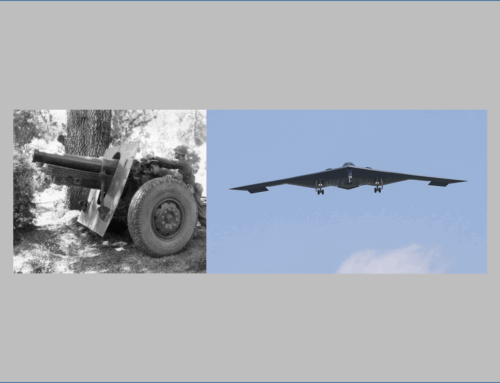French Cross at Brooklyn National Cemetery
Published: 24 April 2024
By National Cemetery Administration History Program
via the Veterans Administration website

078-armored-cruiser
Armored cruiser Gloire, one of three French warships that stopped at New York harbor in October 1918. Sailors from the vessels contracted influenza when they ventured ashore to participate in a parade promoting the sale of war bonds. (Freshwater and Marine Image Bank)
After World War I, regulations were updated to formalize burials of allied foreign nationals in U.S. national cemeteries

French Cross at Brooklyn National Cemetery in New York. The granite monument was installed at the burial site of the 25 French sailors who died from influenza during a port call at the end of World War I. (National Cemetery Administration)
In October 1918, in the waning days of World War I, the French warships Marseillaise, Gloire, and Montcalm arrived at the port of New York. Later that month, sailors from these vessels marched in a Liberty Loan Parade to promote the sale of war bonds. The timing of the patriotic display proved extremely ill-advised. A second wave of the influenza pandemic had already reached American shores. A similar event staged in the streets of Philadelphia the previous month led to outbreak of the disease that sickened an estimated 75,000 people within weeks. In New York, many spectators and participants in the parade also contracted influenza. By the time the second wave had run its course in mid-November, 21,000 New Yorkers had died from influenza or pneumonia.
The French sailors who fell ill were sent to the U.S. Naval Hospital on Brooklyn Navy Yard for treatment. Twenty-five of them died between October 1918 and January 1919. U.S. officials arranged for their burial in an unused section of Cypress Hills National Cemetery in Brooklyn. Their graves were marked by black wooden crosses with bronze name plates. Dedication of the French plot took place on November 2, 1918. Rear Admiral Nathaniel R. Usher of the Brooklyn Navy Yard along with admirals of the French and American fleets and other high-ranking military officials attended the military mass for the deceased. Additional graveside ceremonies were conducted on Bastille Day and Armistice Day in 1919 and then again in 1920. A 12-foot granite cross monument was dedicated at the site on the second Armistice Day commemoration. The monument was built by the well-known New York City memorial design firm of Farrington, Gould, and Hoagland. In 1928, the remains of four of the sailors were returned to France for burial, leaving twenty-one in the cemetery’s “French Section.”
Initially, burial of “friendly” foreign nationals was done as a military courtesy. As a result of the U.S. experience in World War I, the Army updated its regulations in May 1933 to formalize burials of allied foreign nationals in national cemeteries:
Initially, burial of “friendly” foreign nationals was done as a military courtesy. As a result of the U.S. experience in World War I, the Army updated its regulations in May 1933 to formalize burials of allied foreign nationals in national cemeteries:
In time of national emergency, the remains of officers and enlisted men of the armed forces of other countries who die within the continental limits of the United States while serving as instructors or students with the armed forces of the United States may be buried in any post cemetery or post section of any national cemetery without expense to the United States other than for opening, closing, and marking of the grave.
A few months later, this language was revised again to include military personnel of other countries who died while engaged in promoting national defense in the United States. This change encompassed the burial of the French sailors.
Read the entire article on the VA website.
External Web Site Notice: This page contains information directly presented from an external source. The terms and conditions of this page may not be the same as those of this website. Click here to read the full disclaimer notice for external web sites. Thank you.



